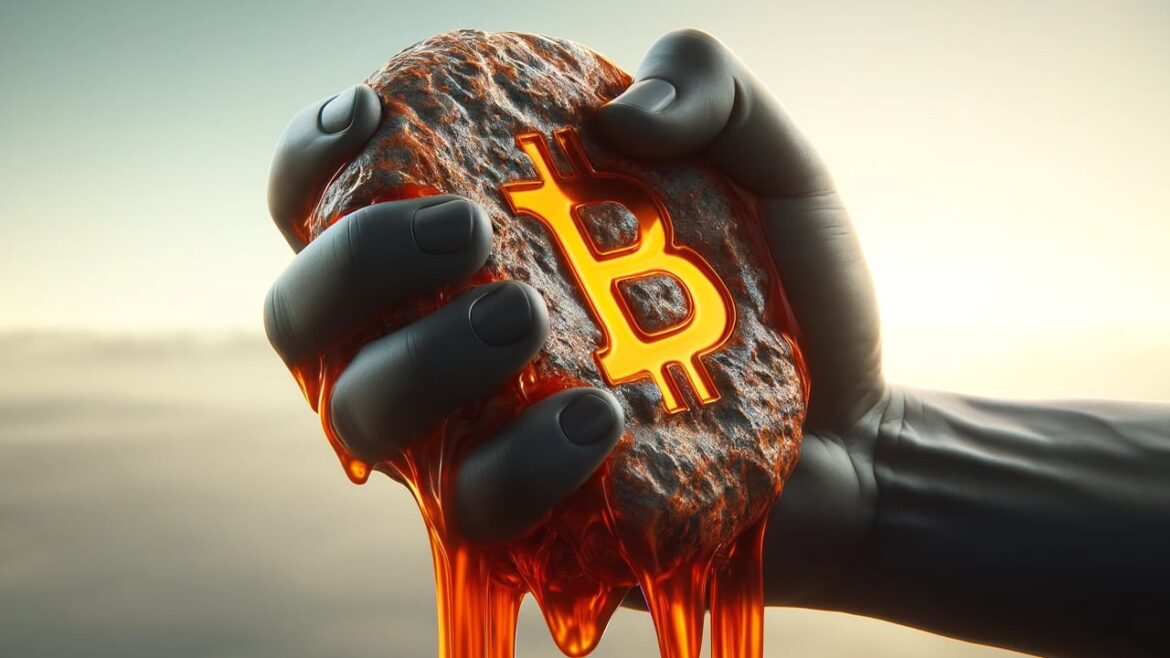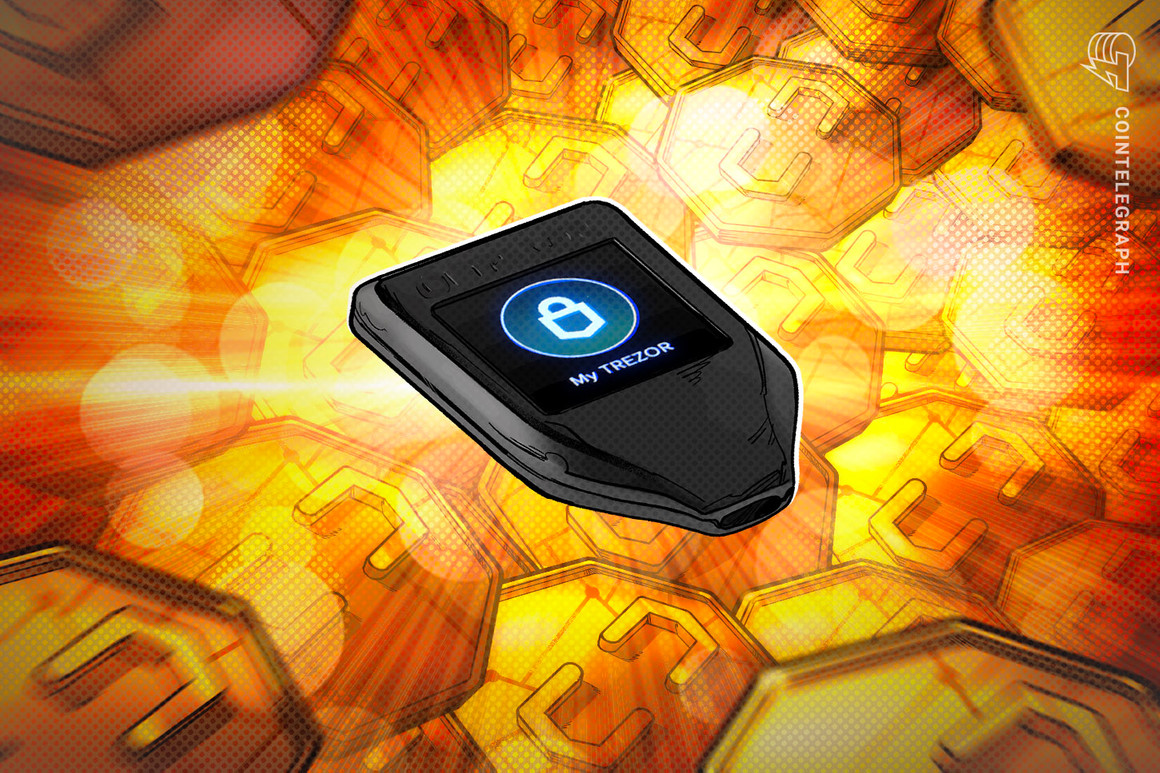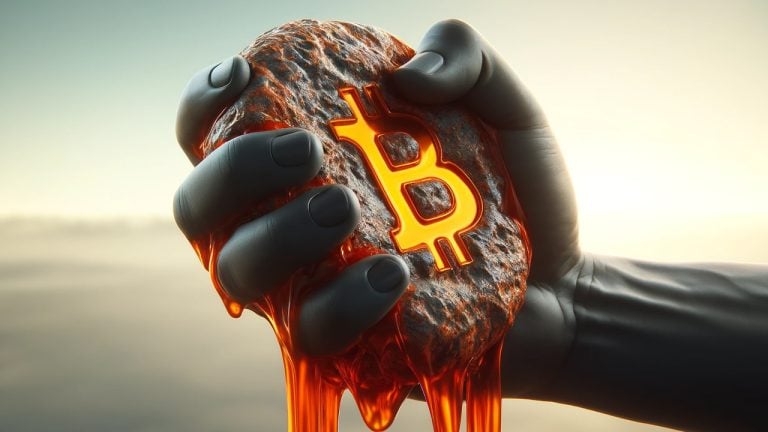 Following the downturn in bitcoin’s price on Friday, the hashprice of bitcoin has declined from slightly above $119 per petahash per second to marginally over $116 per PH/s on a daily basis. Should the prices remain low leading up to the forthcoming halving event scheduled for next week, certain mining devices may only be viable […]
Following the downturn in bitcoin’s price on Friday, the hashprice of bitcoin has declined from slightly above $119 per petahash per second to marginally over $116 per PH/s on a daily basis. Should the prices remain low leading up to the forthcoming halving event scheduled for next week, certain mining devices may only be viable […]
Source link
hardware
Elon Musk buying Nvidia hardware even as Tesla aims to build AI rival
Tesla CEO, Elon Musk (L), and Nvidia CEO, Jensen Huang (R).
Reuters
In November 2023, at an all-hands meeting with employees, Nvidia CEO Jensen Huang was asked whether the company would follow the lead of Apple and Disney and suspend its advertising on X due to rising levels of antisemitism and other hate speech on the platform.
X owner Elon Musk said earlier that month that he agreed with a post on the site that accused “Jewish communities” of pushing “hatred against whites.” Numerous brands — Disney and Apple among them — moved quickly to pause their ad campaigns.
Huang’s response was firm but diplomatic, according to people who were listening to the meeting but asked not to be named because they weren’t authorized to speak to the press. He said the chipmaker hadn’t advertised on X in a very long time and had no plans to do so. However, Huang also emphasized that Nvidia would never make public statements against another business.
Left out of Huang’s commentary at the time was any detail regarding Nvidia’s increasing coziness with Musk’s business empire.
Nvidia is seeing soaring demand for its graphics processing units (GPUs) and related hardware and services, a boom that’s lifted the company’s market cap well past $2 trillion. Nvidia’s products, including new accelerator chips, provide computing power for generative artificial intelligence workloads, robotics, research and data center projects.
Revenue in the latest quarter jumped a whopping 265% to $22.1 billion, and last year Nvidia surpassed Intel in total sales.
Musk has made promises that his companies will develop sophisticated AI products, and doing so requires buying up a lot of Nvidia’s technology.
Their cozy relationship was on display this week at Nvidia’s annual GTC conference in San Jose, California. The event, which attracted roughly 16,000 attendees including celebrities like Ashton Kutcher and Kendrick Lamar, had two sessions featuring leaders of xAI, the startup Musk formally revealed in July 2023.
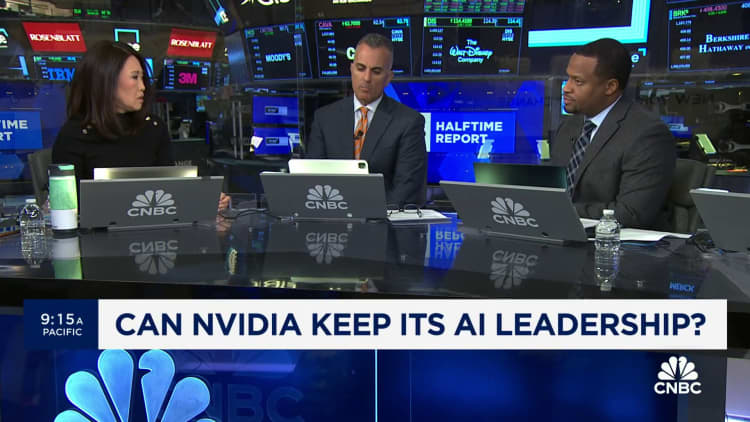
Christian Szegedy, a co-founder and research scientist at xAI who previously worked at Google, spoke at a fireside chat with Bojan Tunguz, a data scientist at Nvidia. Another co-founder and research engineer from xAI, Igor Babuschkin, a veteran of OpenAI and Google, gave an overview of how Musk’s startup is using Nvidia GPUs to help “accelerate training and inference of their Grok model,” referring to the startup’s AI chatbot.
In Nvidia’s press release on Monday announcing the launch of its Blackwell AI chips, Musk was quoted saying, “There is currently nothing better than NVIDIA hardware for AI.”
Musk, who helped create OpenAI before a public split with CEO Sam Altman and other founders, launched xAI to develop AI models and software products.
Meanwhile, his electric vehicle maker Tesla has spent years working on AI software to turn its cars into autonomous vehicles. It’s also now developing the Tesla Bot, or Optimus, a humanoid robot.
While the vast majority of Tesla’s revenue comes from its automotive business, Musk often encourages shareholders to think of it differently. In January he said, in a post on X, “Tesla is an AI/robotics company that appears to many to be a car company.”
Tesla first discussed plans to build a “Dojo supercomputer” at an AI Day presentation in August 2021. The aim for Dojo was to process and train AI models with huge amounts of video and data captured by Tesla vehicles.
‘Boy, do they want a lot more GPUs’
Nvidia is at the heart of its AI efforts. Last August, former Tesla AI engineer Tim Zaman posted on X that a Tesla AI cluster, built using 10,000 of Nvidia’s H100 chips, was ready to go live.
Musk said a post on X in January that while a Dojo supercomputer cost $500 million to build, “Tesla will spend more than that on Nvidia hardware this year.” He added, “The table stakes for being competitive in AI are at least several billion dollars per year at this point.”
Musk said Tesla was “pursuing the dual path of Nvidia and Dojo,” seemingly implying that it’s building Dojo without Nvidia’s technology but using it elsewhere. Musk described Dojo as “a long shot worth taking because the payoff is potentially very high. But it’s not something that is a high probability.”
Oracle founder Larry Ellison, a close friend of Musk’s, former Tesla board member and investor in X, said in December on his company’s earnings call that xAI had secured Nvidia GPUs through Oracle to create the first version of Grok, but that Oracle wasn’t able to meet Musk’s demands.
“Boy, do they want a lot more GPUs than we gave them,” Ellison said. “We gave them quite a few, but they wanted more and we are in the process of getting them more.”
Larry Ellison, chairman and co-founder of Oracle Corp., speaks during the Oracle OpenWorld 2017 conference in San Francisco, California, U.S., on Sunday, Oct. 1, 2017.
David Paul Morris | Bloomberg | Getty Images
While Musk and Huang have a longstanding connection and are now doing more business together than ever, the relationship hasn’t always appeared friendly.
Last June, Musk went so far as to call Nvidia monopolistic, in response to a post on X that accused Nvidia of “spiking the price” of its GPUs, which it could do because of the supply shortage.
Musk wrote that competitive chips were in development, and that “Nvidia will not have a monopoly on large-scale training & inference forever.”
The remarks failed to provoke Huang.
Speaking at The New York Times’ DealBook summit a few months later, Huang credited Musk and OpenAI for the decision to develop Nvidia’s first AI supercomputer, the DGX system, starting back in 2012.
Huang said it took Nvidia about five years to perfect and ship the supercomputer, which he personally delivered to Musk for use by OpenAI.
“Elon saw it, and he goes, ‘I want one of those’ — he told me about OpenAI,” Huang said on stage. “I delivered the world’s first AI supercomputer to OpenAI on that day.”
A spokesperson for Nvidia declined to comment. Tesla and xAI didn’t respond to requests for comment.
Don’t miss these stories from CNBC PRO:
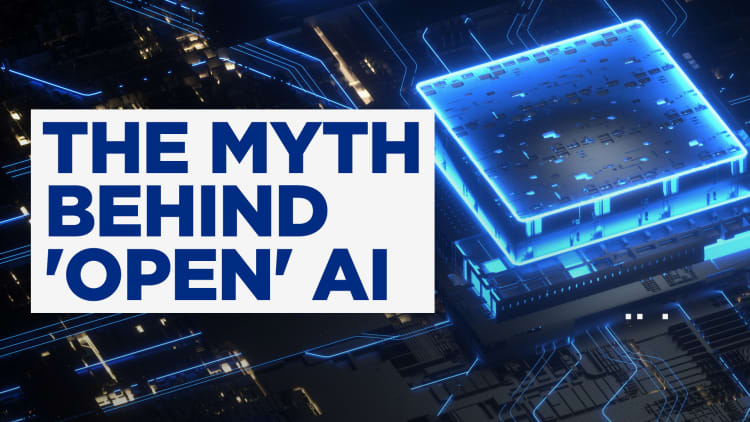
Trezor CEO cites usability as top factor for hardware wallet: BTC Prague 2023
Amid the expanding trend toward self-custody, the CEO of hardware wallet manufacturer Trezor, Matej Zak, has highlighted the most relevant development vector for the company so far — enhancing usability to significantly increase the number of users over the next few years.
Speaking to Cointelegraph at the BTC Prague 2023 conference on June 9, Zak said: “Educate hard and build simply” is Trezor’s most relevant strategy in developing its hardware wallets amid the growing demand for self-custody.
“You need to explain what self-custody is because it’s still a different concept. It’s nothing that existed before Bitcoin, and Bitcoin has only been around since 2009,” he added.
While allowing investors to be their own banks, the concept of self-custody also makes users the sole responsible entity for securing their Bitcoin (BTC). The most important part of this responsibility is keeping your private key, or seed phrase, safe and secure.
Security, privacy and usability have always been key parts of self-custody in Trezor’s proposition, Zak said. “But the usability plays a really important part,” the CEO stated, adding that Trezor is still trying to make its hardware wallets as user-friendly as possible. The exec added:
“Usability is the one where you want to make things easier, more simple to use. So all those people coming from exchanges can actually feel at home and not be scared by losing their private keys.”
By increasing usability, Trezor hopes to double or even triple the amount of hardware wallet users around the world in the next three to four years. Citing some estimates, Zak said that less than 2% of all 420 million crypto users globally currently use hardware wallets.
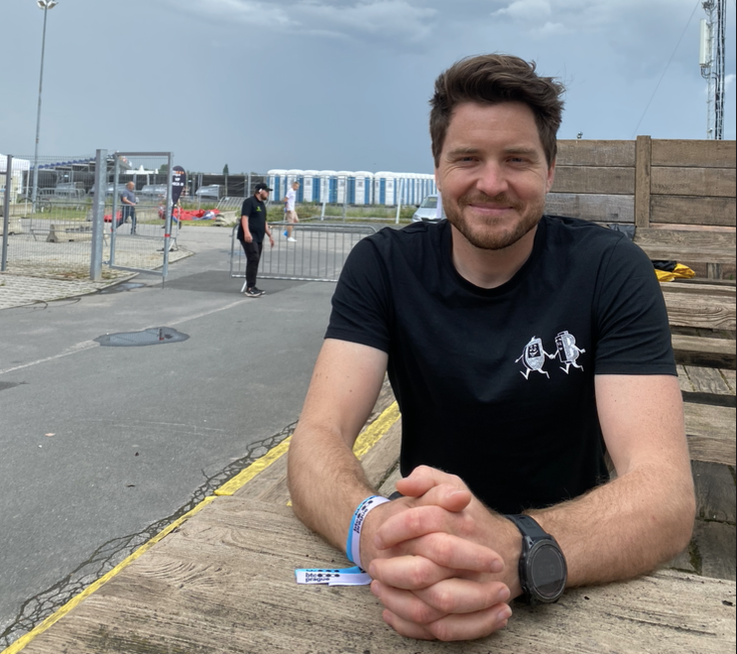
Focus on usability is part of the reason Zak believes that complicated self-custody wallet setups, like multisignature or multisig, may not be the best solution for newcomers to the industry.
Unlike standard Bitcoin wallet setups, multisig involves using more than one public key to authorize a transaction, which is designed to increase self-custody security.
“Security at the expense of usability, comes at the expense of security,” Zak said, referring to a quote by Bounce Security CEO Avi Douglen.
Related: North Korean hackers swipe over $100M from Atomic Wallet users
While focusing on usability and education, Trezor doesn’t plan to introduce any new built-in features to help users recover their private keys.
According to the CEO, Trezor has done everything possible to help its customers secure their seed phrases. Zak mentioned implementations like the Shamir backup, which is often used to distribute the private key phrase among different locations. Introduced by Trezor in 2019, the Shamir backup is designed to keep users’ Bitcoin safe from theft or accidents.
“There’s nothing we could improve on in this regard because the usability is good,” he said.
The remarks from Trezor’s CEO come a few weeks after rival hardware wallet supplier Ledger teased a new tool allowing users to recover their private keys. Following criticism from the crypto community, the company later postponed the launch of Ledger Recover, with its CEO Pascal Gauthier claiming that it was a “humbling experience” and the result of miscommunication.
Magazine: Peter McCormack’s Real Bedford Football Club puts Bitcoin on the map

